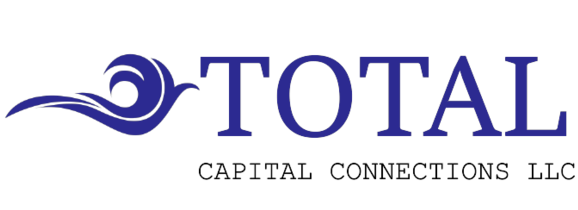As business financing goes, lines of credit are right down the middle in terms of requirements. They’re not the hardest to qualify for, but they don’t have the easiest requirements either. Understanding what you need before you apply can streamline the experience for your business. Discover how to get a line of credit for your company and benefit from the ultimate type of affordable, flexible financing.
What Are the Basic Requirements for Credit Lines?
The requirements for obtaining a line of credit depend a lot on whether collateral is going to be used. Secured credit lines use business assets such as inventory, equipment or real estate as collateral to lower risk. Unsecured credit relies entirely on your credit score.
If you have a solid business credit rating, choosing unsecured lines of credit is an easy decision. That way, you don’t need to risk any collateral and you still get excellent interest rates. If your credit history isn’t as sparkly, a secured line may be your only option.
The next requirement has to do with your time in business. Lenders are more likely to provide financing for established companies. They have more trust in your ability to use the money wisely. At the very least, companies that have a year or two in business will generally qualify for lower interest rates.
Many lenders look at your annual revenue. This doesn’t always determine whether you qualify or not; it often relates more to the size of your line of credit. You must be able to pay back the capital you use. Some lenders have minimum requirements.
How Do Startup Lines of Credit Work?
It’s easy to see that most of these requirements would be practically impossible for new businesses to meet. Some lenders have programs called startup credit lines to get around this problem. Instead of looking at your company’s credit rating, these programs look at your personal credit score.
What are the pros and cons of this option? On the positive side, having access to a line of credit as a new entrepreneur can make everything easier for your business. You can get started with a source of capital that smooths out rough patches. It becomes simpler to purchase inventory at a discount or buy equipment for your business.
The downside is that leveraging personal assets for the line of credit means you can also lose them if you don’t pay back the money used. Of course, this is generally the same risk as signing up for a personal credit card. Lines of credit usually offer larger funding amounts and better interest rates compared to credit cards.
